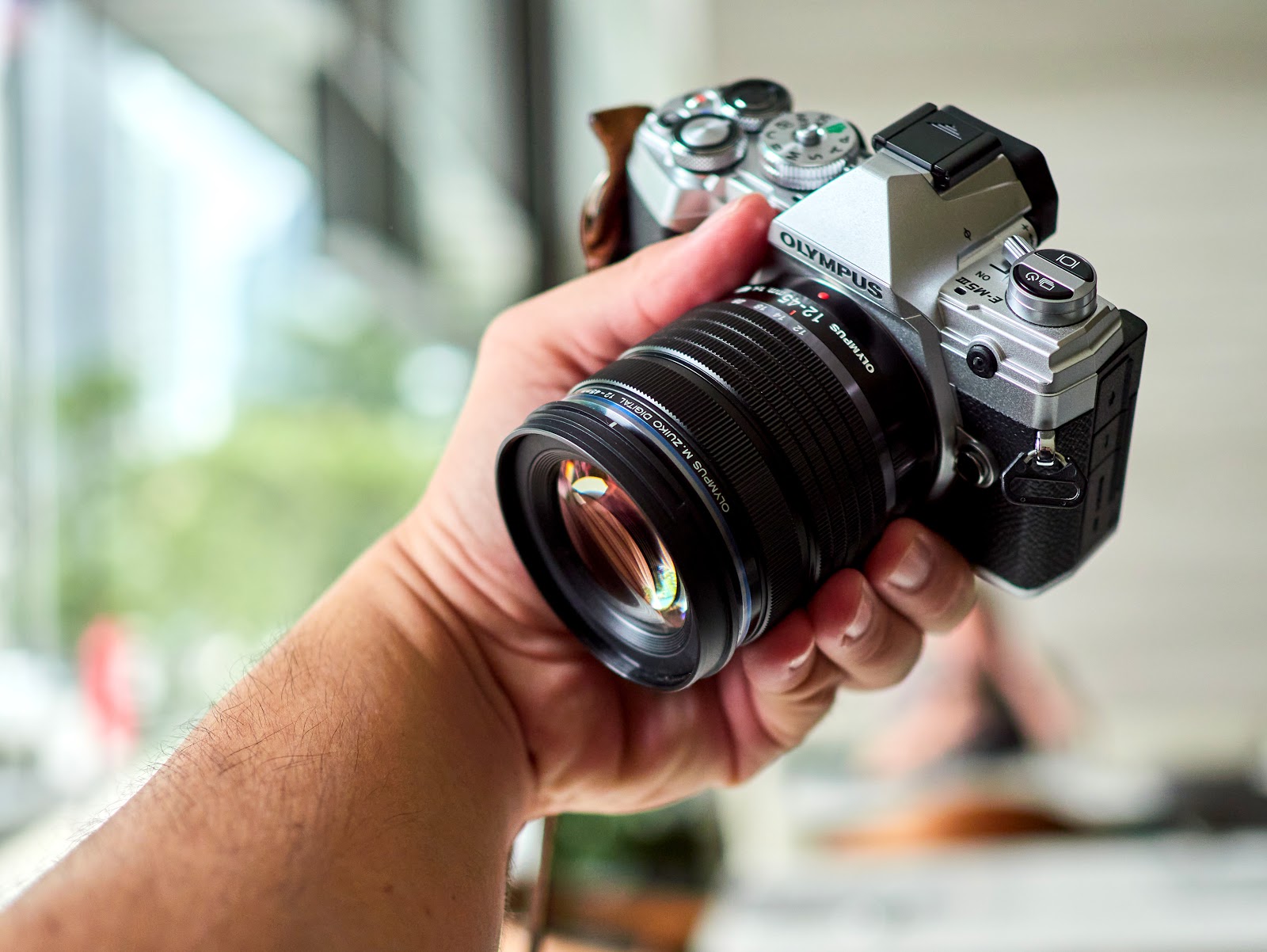About
Popular Posts
-
With all the buzz surrounding the latest launch from OM Digital Solutions, the OM-1 Mark II, I am taking a step backward to look into a came...
-
UPDATE: I have a new and improved 2019 version of OM-D Cheat Sheet published here (click). Please keep this blog alive - support me with ...
-
Olympus has added a new camera to their OM-D line, the E-M10 Mark IV. I have had a sample review unit on loan for about 2 weeks before the o...
-
I have recently done my quick impression write-up for the two long lenses from Olympus M.Zuiko line up, the M.Zuiko 75-300mm F4.8-6.7 and ...
-
Those who have followed me since the earlier days will remember that I have an Olympus PEN E-PL1 and I still keep it till today. I have not ...
-
I have been receiving numerous requests for me to do something with the Olympus M.Zuiko 75-300mm F4.8-6.7 Mark II lens, and I finally got ...
-
Please keep this blog alive - support me with a small contribution to my Paypal (click) or buy me a coffee here (click). Coinciding wi...
-
This post in a continuation from the Samsung S21 Ultra review series, and I have shared my Part 1: Initial Impressions here (click). In this...
-
The latest lens I added into my camera bag is the Panasonic Leica 9mm F1.7. I bought this ultra-compact wide angle prime to replace my Olymp...
-
Special shout-out to Jia Yeen for being such a sport, you were awesome! Thanks for spending time with us noob portrait photographers. ...
Labels
- Accessories
- Camera Bags
- Camera Features
- Camera Review
- Deep Thoughts
- Events
- Food
- Gadget Review
- Gear Reviews
- Lens Review
- Local Photography Events
- Macro Photography
- Olympus
- Personal
- Photography
- Photography Project
- Photography Thoughs
- photography thoughts
- Photography Tips
- Portraits
- Shutter Therapy
- Smartphone Photography
- Smartphone Review
- Speaking Up
- Stage Photography
- Street
- Street Photography
- Travel
- Upclose and Personal



















































